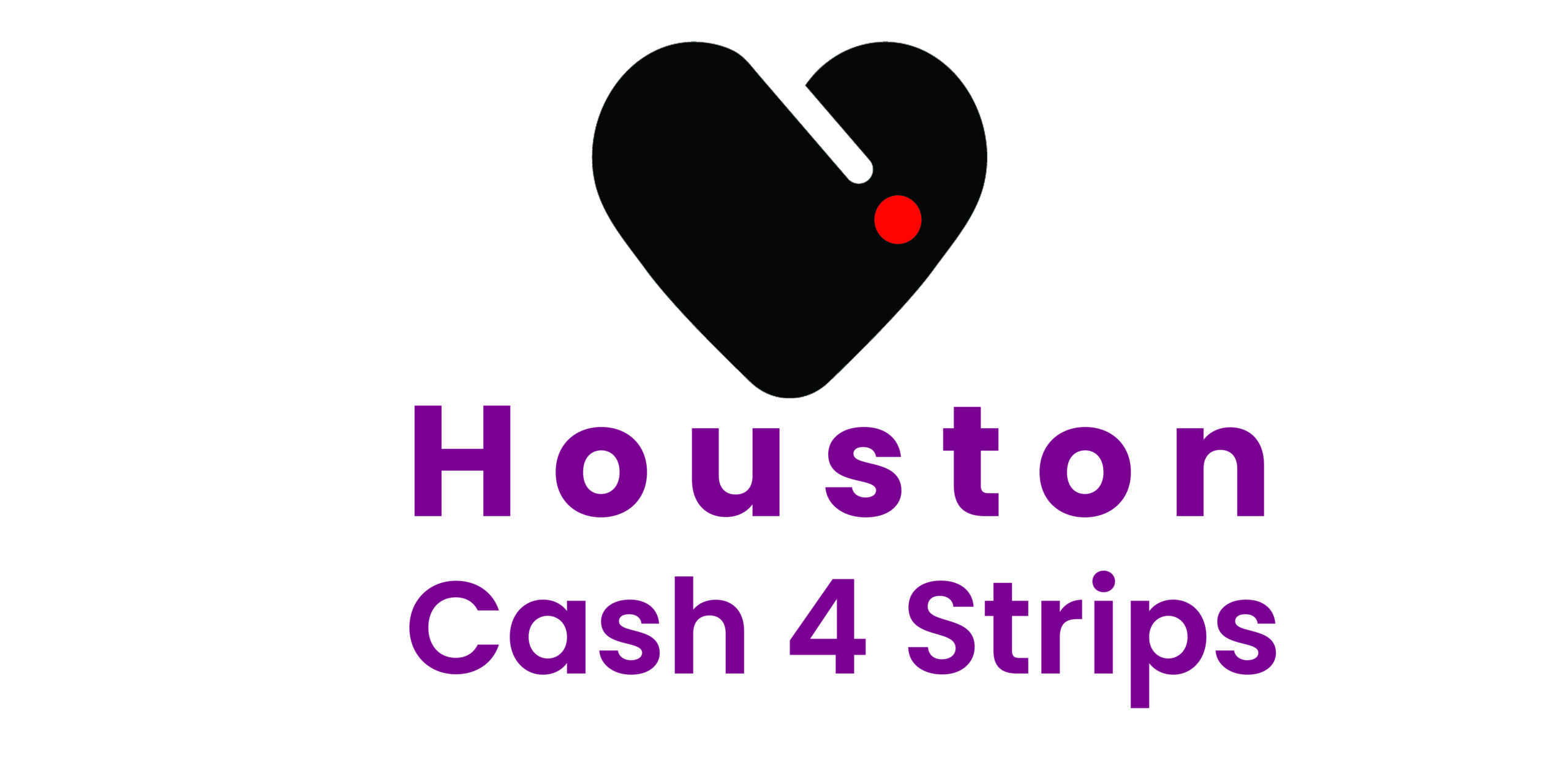Eating candy can be a controversial topic for people with diabetes.
Misconceptions about sugar and candy being off-limits for people with diabetes can be found in the public mindset, in media and entertainment, and within the medical community itself.
With the Halloween season upon us, both kids and adults with diabetes as well as their loved ones and friends may face this issue even more often than at other times of the year.
This article will explore if people with diabetes can actually eat (and enjoy) candy, how much may be allowed, and whether sugar-free candy is worth considering.
Short answer: Yes, people with diabetes can eat candy.
Adults and children with diabetes (no matter the type) are just as entitled to a sweet treat occasionally as anyone else. Like everything else, details and context matter most, and moderation is key for anyone living with diabetes when it comes to food choices. High sugar foods and drinks can impact glucose levels more quickly and dramatically, so understanding how those influence your diabetes management is important.
People with diabetes must consider extra planning if they want to eat candy. They need to be cognizant about counting carbohydrates and dosing insulin correctly if they happen to use that hormone to help manage their condition.
It’s important to remember, too, that people with diabetes are typically watching the total carbohydrate count of food and drink, and not necessarily honing in on the sugar content.
While candy can make blood sugars rise more quickly, it’s that carb count that needs to be watched when consuming a piece of candy. The same applies to sugar-free candy, which also contains a certain amount of carbohydrates and that needs to be considered when factoring that food choice into your diabetes management.
Certain candies, such as those containing peanut butter or nuts, can take longer to impact blood sugars and won’t lead to as dramatic spikes immediately after eating them. However, other regular candies with sugar can cause quick spikes in blood sugar, and some medical professionals suggest eating a piece of candy closer to mealtime in order to “soften the blow” of a sudden spike in blood sugar.
Of course, you’ll still need to account for the calories and carbs contained within the candy.
While sugar-free candy certainly doesn’t get an award for being “healthy” per se, many people with diabetes (especially children) turn to it as an alternative to regular candy. The thought is that sugar-free candy may be healthier for blood sugar levels.
Sugar-free candy is made with artificial sweetenersmeaning that it can have a lighter impact on blood sugar levels.
However, a common misconception is that sugar-free candy does not impact blood sugar. It does, in fact, contain carbohydrates and calories. That means you still need to dose insulin or take glucose-lowering diabetes medications for those sugar-free candies.
If someone with non-insulin dependent diabetes is being mindful of their weight, eating sugar-free candy is not a free pass for sweets. These sugar-free options may sabotage weight loss efforts due to their high calorie content.
A non-diabetes-related benefit of sugar-free candy is that it’s kinder to teeth. Absent of the higher sugar contents, these sugar-free treats don’t lead to as much tooth decay or cavities often linked to frequent sugar consumption.
Additionally, there’s usually not a very big difference in terms of total fat or protein content in sugar-free versus regular candy.
- stevia
- sucralose
- aspartame
- saccharin
The big issue with sugar-free candy comes down to sugar alcohols in those treats, which can have some negative effects depending on how much you eat.
In this
Side effects included:
- diarrhea
- nausea and upset stomach
- bloating
- excess gas
The study participants who were given sugar experienced no such side effects.
Sugar alcohols are considered fermentable oligosaccharides, disaccharides, monosaccharides, and polyols, or a type of FODMAP. These are food molecules that some people cannot digest easily, especially when eaten in large quantities.
Sugar alcohols can also cause a laxative effect, especially if you’re prone to stomach issues.
While they contain fewer calories than sugar, they’re not calorie-free. Eating any treat in excess can inhibit weight loss or cause weight gain.
Eating sugar-free candy made with artificial sweeteners can also cause side effects, including interrupting the gut microbiome that is important to your health.
A
While it may not be the healthiest low snack, treating any low blood sugar with fast-acting sugar can be helpful.
Some candies that contain sugar are very fast-acting. However, some others (including those with chocolate or peanut butter) have higher fat content and are slower to digest and take longer to impact blood sugars, so they may not be appropriate to treat severe hypoglycemia quickly enough.
Another con of eating candy to treat low blood sugars is that it can react quickly and if you eat too much, it may cause higher blood sugars (rebound highs).
Make sure to consult your diabetes care team about any concerns or questions relating to candy and treating low blood sugars.
Yes, children and adults with diabetes can and do eat candy. The key is moderation and making sure to track the number of carbohydrates and calories eaten. Sugar-free candies can be better for blood sugar levels, but they still contain carbs and calories. The sugar-alcohols in these treats can also cause upset stomach, nausea, diarrhea, and excess gas.
Candy can be used to treat hypoglycemia, but it may not always be appropriate for urgent low blood sugars requiring glucagon or emergency medical assistance.

